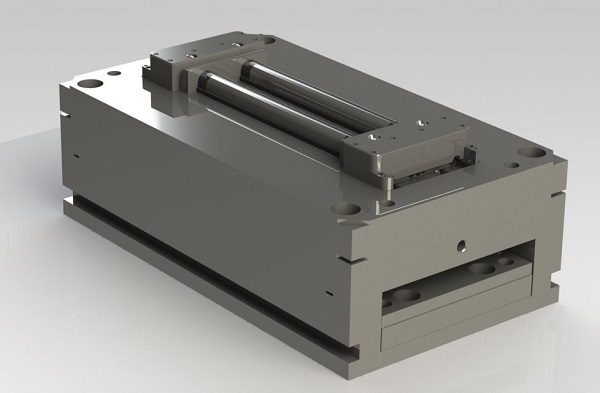Injection molding is a very cost-effective way to make high quality plastic parts in mass production, there are many tricks to the production process which will help you reduce injection molding costs or take advantage of cheap plastic injection molds at a high level manufacturing process. Today we’ll present you some tips on how to design for injection molding without costing much money and some of the common mistakes.

9 Best Ways To Save On Injection Molding
Save thousands of dollars on injection molding tooling using these 9 simple injection molding money-saving steps:
1.Coring & Wall Thickness
When you don’t have coring inside of your part you have an uneven wall thickness and you also have uneven cooling within the part as well, so you will get sink marks within the park and because you have more material, there’s more volume of material to cool and therefore you have an increased cycle time. The more cycle time the more it will cost you. You also have differential shrinkage because the part will have the different shrink rate at the thick sections and your part will go out of tolerance.
2. Draft
Draft is basically angled wall sections. The reason you need to have draft on a injection molded part is that if you don’t have draft, the part will not come out of the mold smoothly and it’ll leave scrape marks. Also if your part is textured or has some kind of geometry, if it’s not drafted it’ll rip it right out.
3. Undercuts
Undercut features complicate and, in some cases, prevent part ejection. Get rid of them if you can, but maybe that’s not possible, if, for example, you need a side action, sliding shutoff or pick out. One alternative may be using sliding shutoffs and pass-through cores, or by changing the parting line and draft angles to provide an easier mold build. These reduce tooling costs as you avoid additional pieces to the injection mold that add to manufacturing costs. In addition to the rise in manufacturing costs of using hand-loaded inserts, this also may have an impact on your piece part price because of longer cycle times and manual mold operation.
4. Die-Lock
To check if your part is die-locked, run a draft analysis in the direction the part will come out of the mold. Parts that are die-locked will require some action to pull the feature away at mold opening. This will greatly increase mold costs.
5. Pass-Thru Coring
Without pass-thru coring, clips, snaps and similar features require additional lifters or slides to release the part from the mold. This increases the overall injection mold design cost. To use pass-thru coring, insert a cutout thru the parallel feature for steel to shut-off.
6. Annular Snap
At a cross-section, if you had annular feature on the outside of the tool, you would need some type of slide or some lifter to get this geometry out of the way with this particular annular snap. If you needed this to pop out of the slide or pop out of the cavity your core, there is a way to do this one. It depends on what type of material using. You can’t do this with glass field material or hard materials like polycarbonate, it’ll share this area off, but if you have something softer like nylon maybe even PBT polypropylene z’ high-density polyethylene you can actually get this feature to snap out of the cavity record block. So you can use the 1:3 rule, where the feature’s width should be 3x its height. Also you have a lead in and lead out radius and you have anything sharp here as this goes to eject and pop off it’ll share this completely out everything.
7. Shrinkage
Almost every material shrinks, and the rate of this must be compensated for. To understand shrink rate values well, a great resource is matweb.com, or checking with the supplier of your material to see what shrink rate you need to know.
Plastics generally shrink towards their centroid, which is their center mass. Some plastics do shrink linearly, so always be aware of your specific material’s specs. For materials with unusual shrinkage, try adding negative draft for greater control.
8. Material
The energy consumption of different materials processing is different. At the same time, poor management of materials or improper management of recycled materials will increase production energy consumption.
– On the premise of satisfying the performance of products, priority should be given to materials with lower processing energy consumption.
– Under the condition of satisfying the performance and cost optimization, priority is given to the selection of high-liquidity materials.
– The material is dried, it is better to use it with the drying, to avoid the waste of energy after the material regains moisture.
– Keep the materials well to prevent impurities or foreign materials from mixing into the materials, which will eventually cause the products to be bad.
– Some plastic injection mold products are allowed to add a certain amount of recycled materials, but should pay attention to the preservation and cleanliness of recycled materials to avoid defective parts caused by unclean materials.
